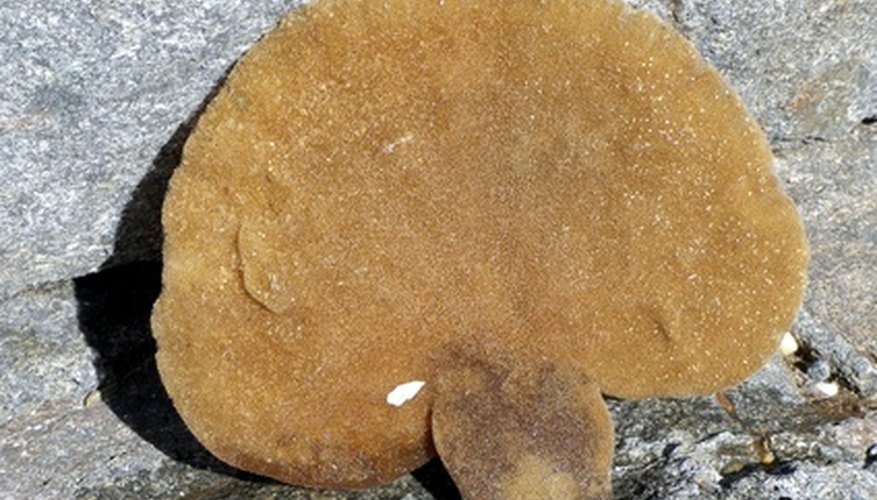Sea sponges are not plants, but very primitive sea animals. Divers harvest sponges for many uses, including multiple functions in the home. Sea sponges are put to work as loofahs in the bath or as natural cleaning materials for housework. Their larger size makes sea sponges ideal for things like washing a car or boat. Your sea sponge may arrive stiff and tough, which is uncomfortable, especially if using your sponge for bathing. Fortunately, you can soften the sponge in minutes.
- Sea sponges are not plants, but very primitive sea animals.
- Their larger size makes sea sponges ideal for things like washing a car or boat.
Boil water in a pot large enough to accommodate the sea sponge. Turn off the heat. Submerge the sponge in the water, holding it down until it has soaked up enough water to stay under the surface. Use a long object, such as a ladle, to avoid burning your hands.
Leave the sponge in the water until the water has cooled to room temperature.
Rinse the sponge in cold water. Wring it out and allow it to dry. Repeat the steps if the sponge is not soft enough for your liking.
Bleach the sponge if you are not satisfied with the results from boiling. Create a water and bleach solution of 1 gallon of tepid water to every 1/2 cup of bleach in a bucket.
- Leave the sponge in the water until the water has cooled to room temperature.
- Bleach the sponge if you are not satisfied with the results from boiling.
Submerge the sponge into the solution. Keep the sponge underwater for five minutes. Rinse it in cool water and test its softness. Repeat the bleaching in five-minute increments until satisfied. Thoroughly rinse the sea sponge after you achieve the desired softness.
TIP
Use the bleach solution method if your sea sponge has glue on it, such as a layer of glue attaching the sponge to a handle. Boiling water will melt the glue.
WARNING
The sea sponge will begin to disintegrate if left for too long in boiling water or the bleach solution. The bleach solution will decolor fabric it touches. Take care to avoid splashing the solution and rinse the sponge thoroughly to avoid residual bleach. Avoid splashing the bleach solution in your eyes.
